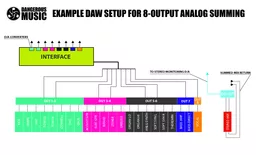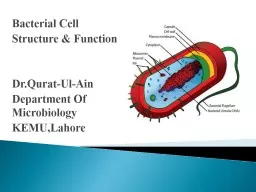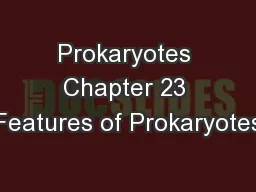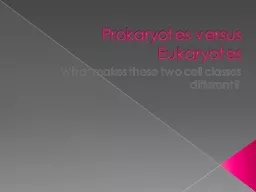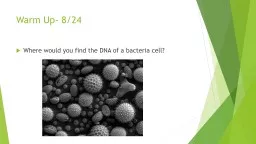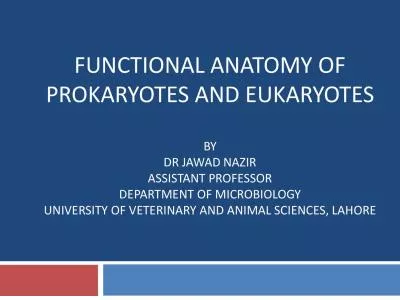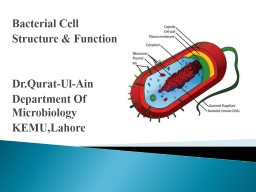PPT-PROKARYOTES CLICKERS OUT !
Author : thegagn | Published Date : 2020-06-16
GET READY TO USE THEM STAND UP NOW WITH CLICKERS IN HAND WHEN I GIVE THE SIGNAL HOLD YOUR BREATH AS LONG AS YOU CAN I will count the time off When you cant hold
Presentation Embed Code
Download Presentation
Download Presentation The PPT/PDF document "PROKARYOTES CLICKERS OUT !" is the property of its rightful owner. Permission is granted to download and print the materials on this website for personal, non-commercial use only, and to display it on your personal computer provided you do not modify the materials and that you retain all copyright notices contained in the materials. By downloading content from our website, you accept the terms of this agreement.
PROKARYOTES CLICKERS OUT !: Transcript
Download Rules Of Document
"PROKARYOTES CLICKERS OUT !"The content belongs to its owner. You may download and print it for personal use, without modification, and keep all copyright notices. By downloading, you agree to these terms.
Related Documents


